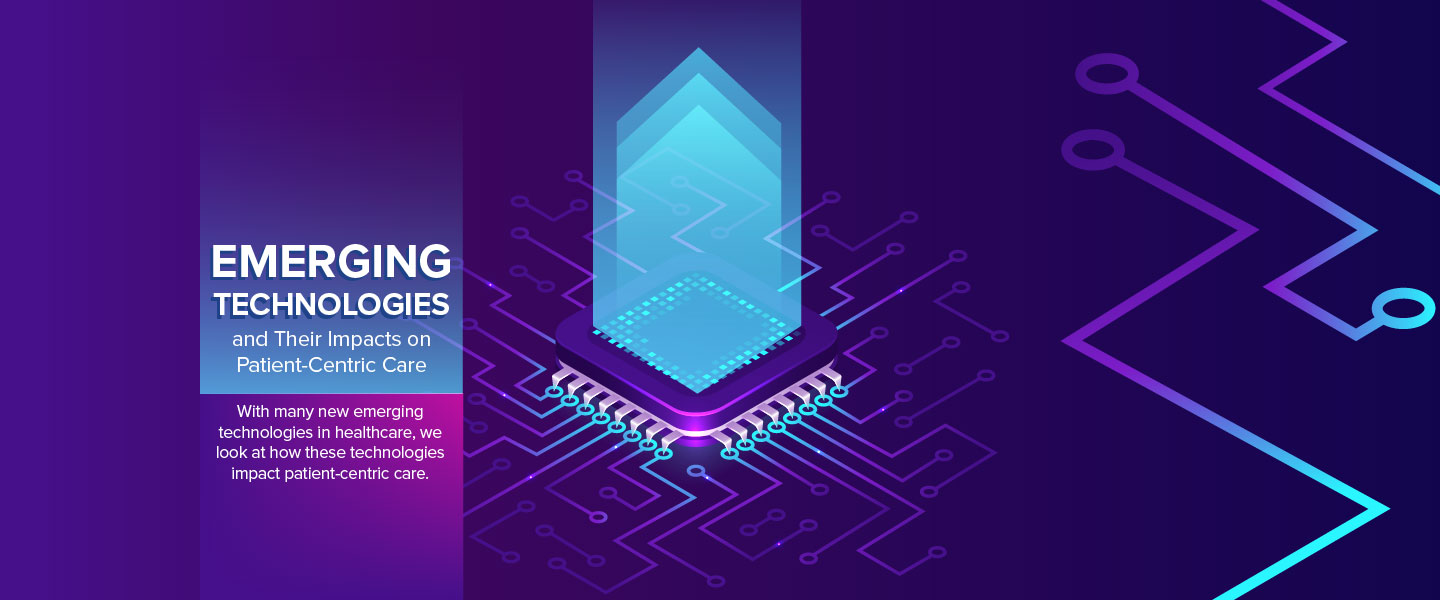The current climate has put many industries under a microscope, and healthcare is no exception. As the country continues to grapple with challenges surrounding access to quality healthcare, many call for a complete overhaul of the system – one that involves fundamentally changing the way that medical services are reimbursed. One strong alternative being proposed is a value-based care model.
The most widespread and presently utilized means for compensation is the fee-for-service (FFS) model, which pays healthcare providers for the services delivered based on either bill charges or annual fee schedules. Under this system, every consultation, appointment, procedure, and hospital stay are retrospectively billed as single events rather than viewed as a whole care episode.
The United States currently spends around 18 percent of the country’s gross domestic product (GDP) on healthcare alone – the highest among developed countries. Additionally, close to $1 trillion, or upwards of 25% of total healthcare spending in the country, is not considered to add value and can be classified as “waste.” While the FFS payment model can result in higher cost and potentially unnecessary medical services, it also increases administrative complexity – something that accounts for 28% of all spending waste.
Naturally, the next question is, what is value-based care, and what does it offer? The National Academy of Medicine gives the following value-based care definition: timely, effective, efficient, equitable, and patient-centered care. Centered on these six key principles, value-based care directly ties reimbursement to the quality of care, thereby compensating providers based on the caliber – and not the quantity – of treatment provided. At its core, value-based care focuses on improving patient outcomes and satisfaction while also curbing overall healthcare costs by reducing fragmentation and enhancing integrated care.
A value-based model in healthcare holds great promise, but the path to adopting value-based care has been a long (and challenging) journey. Recent statistics show that we still have a long way to fully implement and educate around value-based care. Last year, the total percentage of U.S. healthcare payments based on alternative payment models stood at 36%, a 2% increase from the previous year. According to the Future Health Index survey, over three-quarters of healthcare professionals under 40 had “very little knowledge” about value-based care. Additional challenges to more widespread implementation of a value-based care model include but are not limited to uncertainty regarding revenue streams and gaps in both interoperability and care.
With that in mind, to successfully roll out a value-based care infrastructure, it will be crucial to utilize and implement the right tools and technologies that can effectively align and unite payers and providers to maximize care value. Solutions like NaviNet® Open and Eviti® Connect exist for this exact reason. Whether it’s streamlining the exchange of vital administrative, financial and clinical information or navigating the unwarranted variability and costs of cancer treatment, these platforms target specific pain points that inhibit healthcare from reaching its full potential of efficient, effective care.
A key pillar to implementing a value-based care model is to streamline workflows through advanced technology. Today, information exchange between health plans and providers tends to be a prolonged, manual, and tedious process. Health plans expend significant resources to manually exchange administrative and clinical information, with no ability to close the loop. As a secure multi-payer platform, NaviNet Open lets health plans and providers share risk management information, quality measurement data, and performance reports, among other additional use cases at the point of care. Providers are also notified of documents and requests within their existing workflows, making it easy to upload supporting documentation, as necessary.
When it comes to cancer care, payers and providers alike spend substantial time and resources managing authorizations. In fact, authorizations are among the most manual and costly administrative transactions for both payers and providers. By utilizing an automated web-based process and a comprehensive library of evidence-based treatment options, Eviti Connect gives patients peace of mind that they are receiving optimal treatment for their disease while assuring providers that recommended treatments meet the clinical requirements for reimbursement.
As healthcare models continue to be reimagined, now is the time for payers and providers to work together to identify the right opportunities to roll out value-based solutions. The pandemic has further highlighted many opportunities to improve the way care is delivered in this country. Tools like Eviti Connect and NaviNet Open are pillars in the foundation of a value-based care model. While there has been much uncertainty, moving the future of healthcare to a value-based model will help to pursue equitable, accessible, and quality care for all patients.








